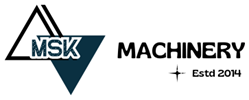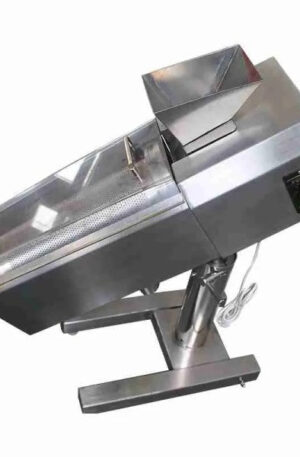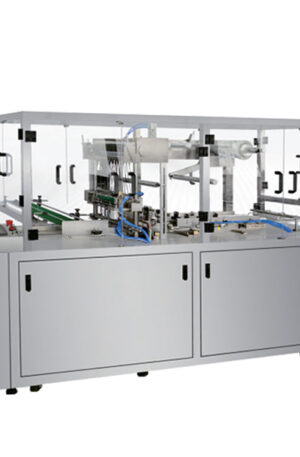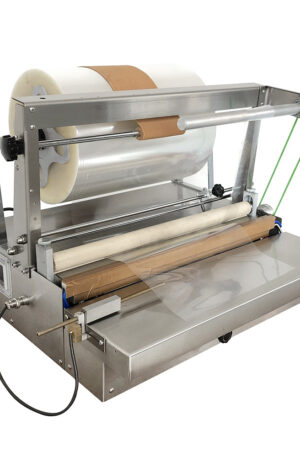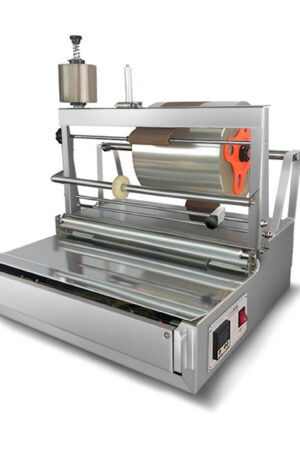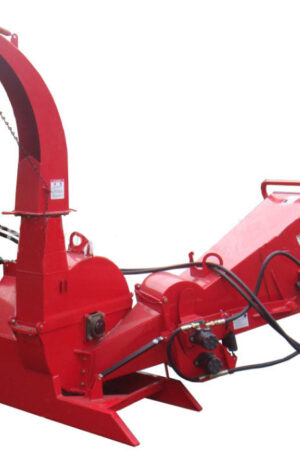Title:
“The Evolution of Pharmaceutical Machinery: Innovations and Impact”
In the competitive world of pharmaceutical manufacturing, the evolution of machinery plays a crucial role in enhancing efficiency and quality. Two key machines that have revolutionized the industry are the table press machine and the capsule filling machine. This article will explore the advancements in these machines, focusing on the TDP and THDP models, and their significance in the pharmaceutical sector.
Tablet press machines, commonly known as tableting machines, are essential in the production of tablets. The TDP model, a popular choice in pharmaceutical manufacturing, is designed for medium-scale production. It operates by compressing powdered ingredients into tablets of uniform size and shape. The TDP machine offers high precision and speed, making it ideal for mass production while maintaining product consistency. The evolution of the TDP machine has seen enhancements in automation, control systems, and material handling, resulting in increased productivity and reduced downtime.
On the other hand, capsule filling machines are used to fill empty gelatin or vegetarian capsules with powdered ingredients. The THDP model, an advanced capsule filling machine, is renowned for its high-speed operation and accuracy. Equipped with multiple filling stations and a sophisticated dosing system, the THDP machine can fill a large number of capsules in a short amount of time. Its versatility allows for the customization of capsule sizes and dosages, catering to a wide range of pharmaceutical products. The evolution of the THDP machine has seen improvements in dosing accuracy, efficiency, and ease of cleaning, meeting the stringent requirements of modern pharmaceutical production.
The impact of these advancements in pharmaceutical machinery is far-reaching. By incorporating the TDP and THDP machines into production processes, pharmaceutical companies can achieve higher levels of efficiency, quality, and safety. The automation and precision of these machines reduce the risk of human error and ensure consistent product quality. Moreover, the speed and flexibility of the machinery enable quick adaptation to changing market demands, allowing manufacturers to stay competitive in a dynamic industry landscape.
In conclusion, the evolution of pharmaceutical machinery, exemplified by the innovations in table press and capsule filling machines such as the TDP and THDP models, has transformed the way medications are produced. These machines have not only improved efficiency and productivity but also raised the standards of pharmaceutical manufacturing. With ongoing research and development, the future holds even more promising advancements in pharmaceutical machinery, further enhancing the quality and availability of essential medications for global populations.
